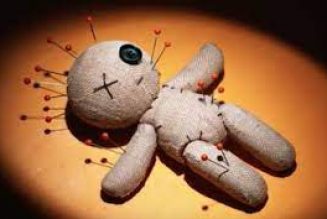
The term hex comes from Early American Folk belief, and implies the use of magick to hurt or harm another person’s body, family, or property. The hex was usually cast by a hex-doctor or sorcerer, who used deep concentration and symbolic imaginary to affect his or her target. Although the hex is considered to be an evil curse or black magick, the process of hexing can be used in a positive manner to bring about good luck, heal the sick, and conjure up good fortune. A good example of using the hex process to bring about favorable results still thrives in this country. The Pennsylvania Dutch have been using a form of hex-craft for centuries to protect their property, heal the sick, and maintain a measure of personal peace and harmony. To the modern city dweller, Pennsylvania Dutch hex-craft may seem a bit odd. But to early Germanic people, magick was tantamount to survival. The early pioneers of this country did not have it easy. If they did not maintain a strict vigilance over loved ones and make the best of what Mother Nature had to offer, they never would have endured. The most noticeable aspects of the Pennsylvania Dutch magickal system are the elaborate symbols, or hex signs, that they use to decorate their barns, homes, and village stores. These colorful signs represent hundreds of years of tradition and come in many patterns and sizes. Similar to a Voodoo veves, hex signs are combinations of natural symbols that convey specific intentions. They are used to protect property, attract love, bring good fortune, and enlist the aid of the four elements for agricultural purposes.








